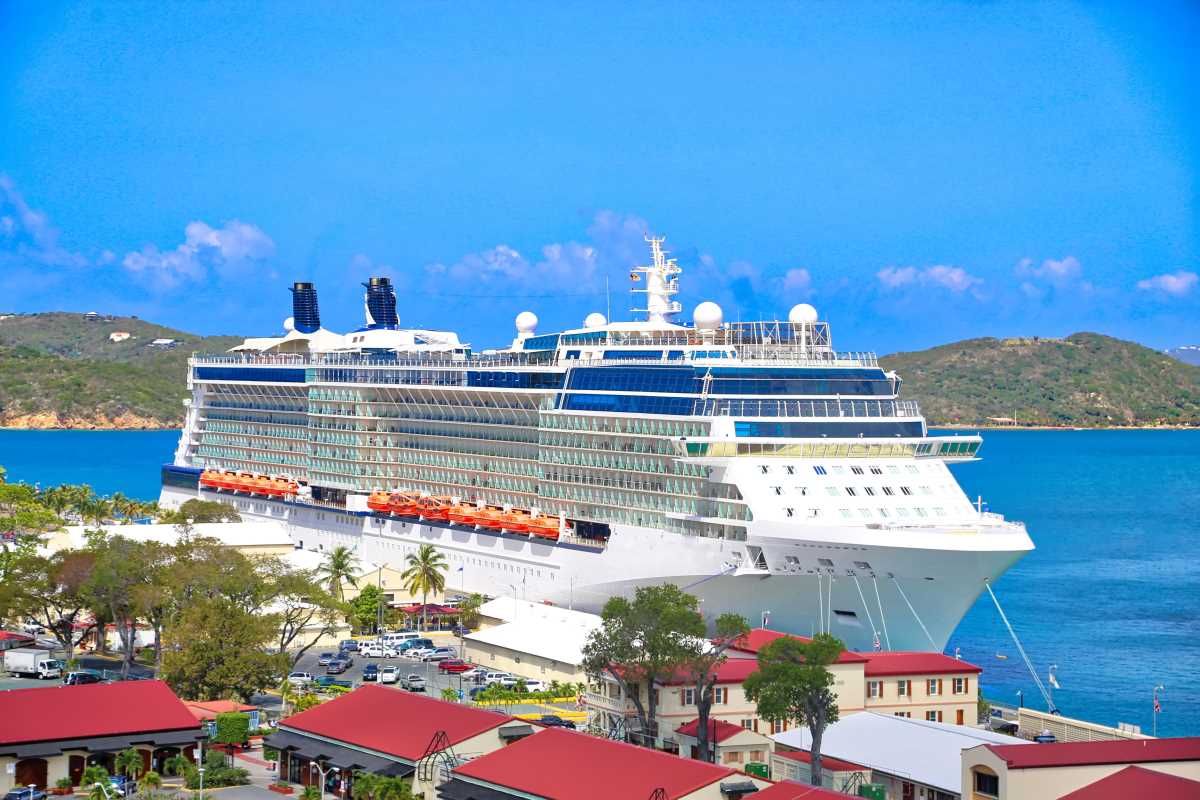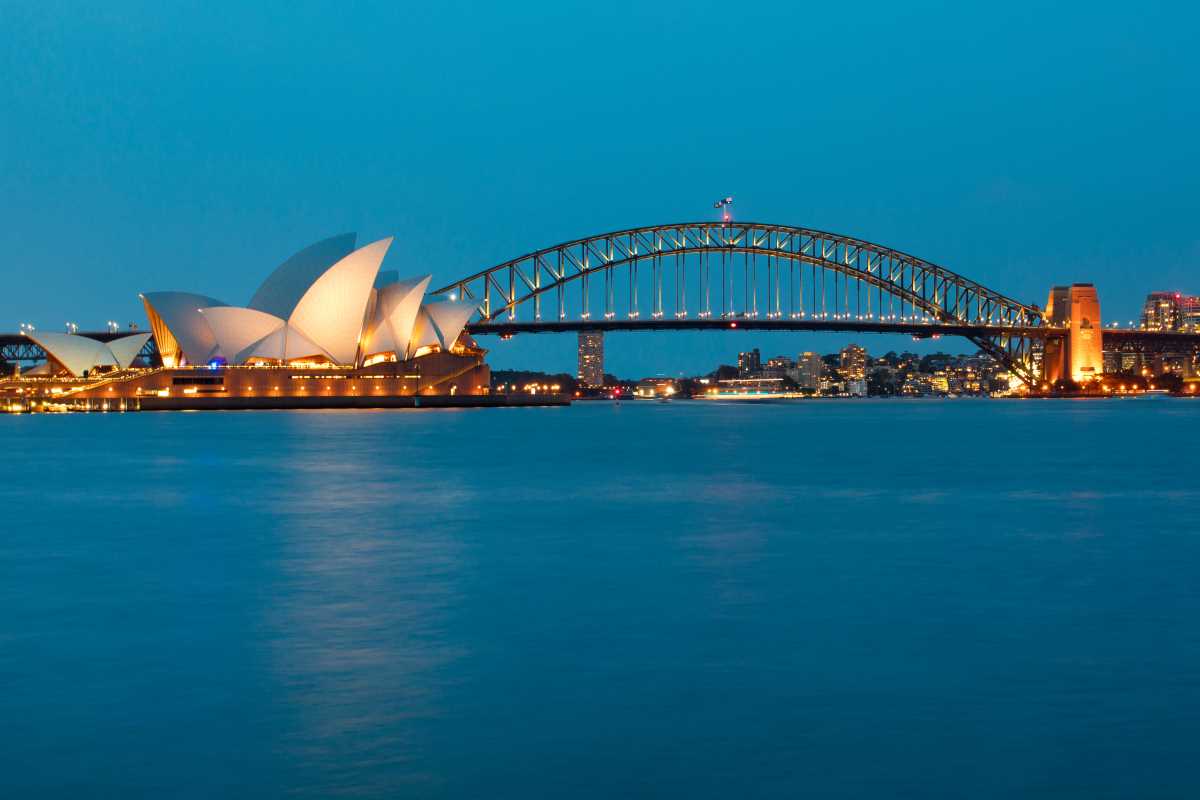The image of a majestic cruise ship gliding across sparkling seas evokes the promise of adventure and escape. Yet, beneath that picture-perfect exterior lies an environmental challenge that the cruise industry can no longer ignore. Cruise ships, often classified as floating cities, are notorious for their heavy reliance on fossil fuels, which account for significant greenhouse gas emissions and marine pollution. Now, the tides are shifting. The cruise industry is embarking on an exciting transition toward green fuels, paving a path toward more sustainable and eco-friendly travel.
The Environmental Cost of Traditional Fuels
Historically, cruise ships have run on heavy fuel oil (HFO), a dense and highly polluting fuel that emits large amounts of carbon dioxide, sulfur oxides, and nitrogen oxides. According to environmental studies, a single large cruise ship can produce as much air pollution in one day as one million cars. The devastating effects extend to marine ecosystems, where spills and leaks harm aquatic life.
Beyond air pollution, cruise ships contribute to the climate crisis, as their carbon footprint rivals that of small towns. With the global spotlight on climate change intensifying, both travelers and stakeholders in the tourism sector are calling for a shift in how the industry operates.
The Rise of Green Fuels in the Cruise Industry
Thankfully, change is on the horizon. Cruise lines are turning to green fuels as a solution to reduce their environmental impact while still offering travelers the chance to explore the world. Green fuels, including liquefied natural gas (LNG), biofuels, hydrogen, and even methanol, are revolutionizing the way these massive vessels power their journeys.
Here’s a closer look at these promising alternatives:
- Liquefied Natural Gas (LNG): LNG is emerging as a leading contender for cleaner cruise ship fuel. It burns more cleanly than traditional marine fuels, reducing carbon emissions by around 20% and nearly eliminating sulfur and particulate emissions. Cruise lines like Royal Caribbean, Carnival Corporation, and MSC Cruises have already launched LNG-powered ships, signaling a new era of cleaner cruising.
- Biofuels: Derived from renewable resources such as vegetable oils, animal fats, and agricultural waste, biofuels hold great promise for the industry. These fuels lower greenhouse gas emissions significantly compared to fossil fuels. While still in the early stages of adoption, some companies are blending biofuels with traditional marine fuels to test their viability on large-scale vessels.
- Hydrogen: Hydrogen fuel cells are gaining traction as a zero-emission solution for powering cruise ships. When hydrogen is used as fuel, the only byproduct is water vapor, making it a truly clean energy source. Norwegian company Hurtigruten is leading the charge with plans to build hybrid-powered ships that utilize hydrogen fuel cells.
- Methanol: Methanol is another alternative under consideration due to its ability to reduce sulfur oxide and nitrogen oxide emissions. This clean-burning fuel can be produced using renewable methods, adding to its environmental appeal.
Cruise Lines Leading the Green Movement
Several cruise lines stand at the forefront of the transition to green fuel. Carnival Corporation has introduced LNG-powered vessels such as AIDAnova and Costa Smeralda, while MSC Cruises launched MSC World Europa, its first LNG-powered ship, in 2022. Hurtigruten, known for its expedition cruises, has adopted hybrid technologies, blending battery power with traditional fuels, and is experimenting with hydrogen-based systems. Similarly, Royal Caribbean plans to unveil LNG-powered ships, including Icon of the Seas, with technology designed to further minimize emissions.
These pioneers are part of a broader industry trend acknowledging the need for sustainable practices. Their efforts show that cruising can evolve without sacrificing guest experiences.
Challenges on the Voyage to Sustainability
While the adoption of green fuels offers undeniable benefits, the transition doesn’t come without hurdles:
- Infrastructure: Ports must adapt to accommodate green-fuel technologies, such as LNG bunkering stations and hydrogen production facilities. This requires significant investment and collaboration on a global scale.
- Cost: Green fuels and the technology required to use them are more expensive than conventional options. Passing this cost onto consumers while maintaining affordability is a balancing act for cruise operators.
- Availability: Renewable fuels like biofuels and hydrogen are still being scaled up. Ensuring a reliable and widespread supply is critical to their long-term adoption.
Despite these challenges, the push for innovation and investment in clean technology makes the transition feasible and increasingly appealing.
A Growing Green Wave for Travelers and Beyond
Ultimately, the shift to green fuels will redefine what it means to travel sustainably by sea. Eco-conscious travelers can soon enjoy guilt-free voyages, knowing their trips contribute to protecting the planet. For the industry, these breakthroughs enhance public trust while aligning with global sustainability goals.
There’s still work to be done, but seeing industry giants take these first steps inspires optimism. Just as the cruise industry invites us to explore uncharted destinations, it’s now inviting us to imagine a future where exploration is no longer at odds with preserving the environment. For those of us who dream of the open ocean, that’s a vision well worth supporting.
The green revolution is setting sail. Will you be on board?
 (Image via
(Image via





